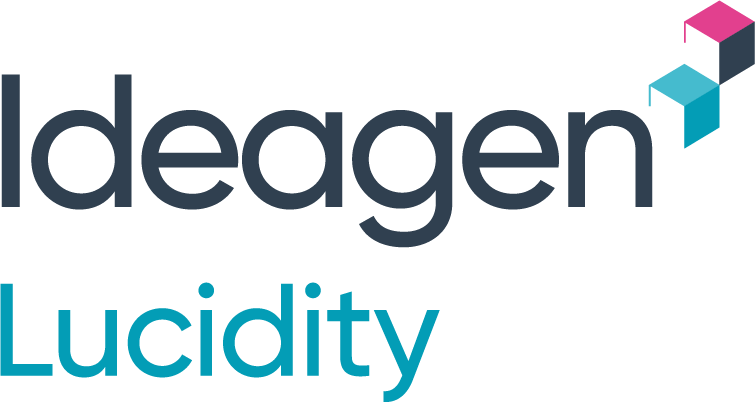An efficient and thorough employee and contractor induction process is an essential exercise for any business in a high-risk environment.
A workplace induction program is designed through the corporate WHS plan to ensure that any worker (contractor or employee), is inducted on important risks and safety information as well as policies and procedures in relation to working at their workplace or site.
The induction process is generally the first level of a WHS compliance program that any worker must complete before they are allowed on a site for the first time.
Whether you are on a construction site, mining site or any other high-risk work environment, ensuring that you have an automated induction process is essential for complying with Workplace Safety Legislation and is key to creating a risk-averse team.
Why are Workplace Inductions important?
Every workplace and site is somewhat different and your contractors likely work with various organisations with different safety plans and safety cultures. Employees, contractors and subcontractors should be given a workplace-specific induction before commencing work to inform them about potential hazards and risks they face at that particular job site.
The induction process allows workers to understand how to control identified risks, what to do in an emergency and who is responsible. It also allows you as the site/job manager to understand the competency levels of each worker.
A detailed induction process may seem tedious to workers, but done correctly it can be the difference between a job being completed successfully with little to no incidents, and an inefficient unsafe project.
Reasons why Inductions are important
To provide a safe working environment
It is your obligation as an employer, HSEQ Manager, Project/Site Manager, etc. to provide all workers with a safe work environment. A thorough WHS induction program ensures that all workers are aware of this initiative and are aware of surrounding risks to not only keep themselves safe but also their co-workers and the environment free from risks.
Compliance
With any high-risk industry comes a significant amount of compliance. Compliance legislation is designed to protect workers, but also anybody else who may be involved with your business’s operations. Your on-site workers are most likely to be at the highest risk, so ensuring that all onsite workers have completed the induction process ensures that you are compliant with the WHS practices of your region.
Risk Aversion
If your workers are familiar with their surroundings, processes and procedures, they are less likely to have incidents in the workplace.
By running each worker through a thorough induction process, you take a necessary step toward avoiding risk as all known hazards and risks are communicated to them and/or controlled before they are even allowed on site.
4 BENEFITS OF UTILISING AN INTEGRATED INDUCTION SOLUTION
Self-Registration
One of the biggest issues with inductions is the number of resources required to set up each individual program. On large sites, there can be hundreds to thousands of employees. Through a self-registration portal, employees and contractor can set up their own accounts and have pre-loaded inductions processes implemented for them.
Productivity
Using a digital induction solution allows your project/site managers to get back to their day to day and not worry about manual induction data processing. With multi-site/jobs and multiple contractors, it can be extremely time-consuming to process this data all by hand or in inadequate systems. By digitising this function, your team can put the ownership back on the workers as everyone can be inducted online.
Reduced overheads
By implementing a digital induction process you can automate worker inductions through self-registration as described above. The result is fewer employees required to process and maintain induction data, less time for contractors to go through the induction process and greater visibility into the overall visibility of your jobs.
Creating Safety Cultures
Creating a culture that values the safety of its environment, people and businesses is key to reducing risk. By mandating inductions before each worker steps foot on-site, you take the first step towards embracing a culture of safety.
What's next?
Want to learn more about Lucidity Induction and Learning Management Systems?
Book my demo



